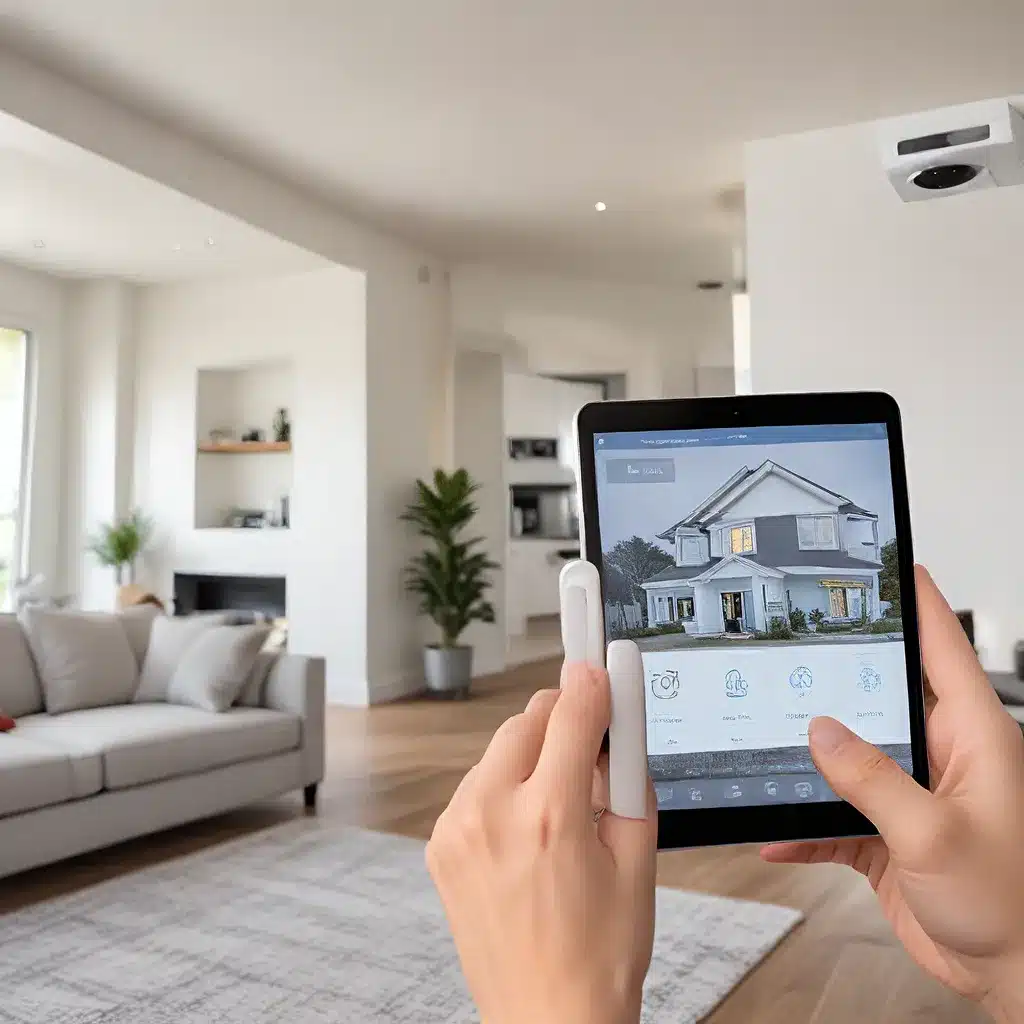
Unlocking the Potential of Sensor Networks in Smart Home Environments
The rapid advancements in sensor technology and the Internet of Things (IoT) have paved the way for the emergence of smart homes – living spaces that leverage a network of interconnected devices to enhance comfort, security, and energy efficiency. This article delves into the realm of sensor-enabled smart homes, exploring the underlying technologies, key applications, and the critical role of security and energy management in creating truly intelligent and sustainable living spaces.
Sensor Networks and the Smart Home Ecosystem
At the heart of the smart home revolution are sensor networks – intricate webs of sensors, microcontrollers, and communication protocols that work in harmony to gather and process data from various aspects of the home environment. These sensors can monitor a wide range of parameters, including temperature, humidity, lighting, occupancy, energy consumption, and more.
The data collected by these sensors is then fed into a central control system, often powered by advanced algorithms and machine learning models, to enable automated decision-making and real-time adjustments. This dynamic integration of sensors, data, and intelligent control systems is what defines the smart home ecosystem.
Recent studies have highlighted the significant impact of sensor-enabled smart homes on energy efficiency, with the potential to reduce household energy consumption by up to 30% through optimal control of heating, cooling, and lighting systems. Moreover, the integration of motion sensors and occupancy detection can help automate the activation and deactivation of these systems, ensuring that energy is not wasted in unoccupied spaces.
Enhancing Comfort and Convenience
Beyond energy efficiency, sensor-enabled smart homes offer a remarkable range of comfort and convenience-enhancing features. Temperature and humidity sensors, for instance, can automatically adjust the climate to maintain optimal conditions for the occupants, creating a personalized and comfortable living environment.
Proximity sensors and facial recognition technologies can be used to automate the control of lighting, music, and other household appliances, ensuring a seamless and personalized user experience. Furthermore, smart home assistants powered by voice recognition and natural language processing can respond to verbal commands, allowing occupants to manage their living spaces with hands-free convenience.
Advancements in IoT and sensor networks have also enabled the integration of security systems within the smart home ecosystem. Motion detectors, door/window sensors, and surveillance cameras can work in tandem to enhance home security, alerting occupants or even authorities in the event of suspicious activity.
Ensuring Robust Security and Privacy
As the smart home paradigm continues to evolve, the security and privacy of these interconnected systems have become a critical concern. Sensor networks and IoT devices are inherently vulnerable to cyber threats, such as hacking, data breaches, and unauthorized access, which can compromise the safety and privacy of homeowners.
To address these challenges, robust security protocols and authentication mechanisms must be implemented within the smart home infrastructure. This may include the use of encryption, access controls, and secure communication channels to protect sensitive data and prevent unauthorized access.
Furthermore, privacy-preserving techniques, such as data anonymization and edge computing, can be employed to safeguard the personal information collected by the sensor network, ensuring that homeowners retain control over their data and privacy.
Experts in the field also recommend regularly updating the firmware and software of smart home devices to address emerging security vulnerabilities and maintain a robust defense against cyber threats.
Energy Management and Sustainability
In addition to enhancing comfort and convenience, sensor-enabled smart homes play a crucial role in promoting energy sustainability and environmental stewardship. Energy management systems powered by sensor networks can optimize the usage of electricity, gas, and water within the home, reducing waste and minimizing the carbon footprint.
Smart appliances, solar panels, and energy storage systems can be seamlessly integrated into the smart home ecosystem, allowing for real-time monitoring and automatic adjustments to maximize energy efficiency and minimize energy consumption.
Research has shown that sensor-based energy management in smart homes can lead to significant reductions in greenhouse gas emissions, contributing to the broader sustainability and environmental conservation efforts.
The Future of Sensor-Enabled Smart Homes
As sensor technology and IoT advancements continue to evolve, the future of sensor-enabled smart homes holds great promise. Emerging trends, such as predictive analytics, adaptive learning algorithms, and integrated renewable energy solutions, will further enhance the intelligence, efficiency, and sustainability of these living spaces.
Moreover, the integration of smart home technologies with wider urban infrastructure, such as smart grids and intelligent transportation systems, can enable cross-domain optimization and collaborative energy management at the community level, fostering a more sustainable and resilient built environment.
Visit sensor-networks.org to explore the latest developments in sensor-enabled smart homes and other IoT-driven technologies that are transforming the way we live, work, and interact with our surroundings.